Covid-19 has been devastating to the healthcare supply chain in many ways. Past due payments, lack of visibility, and match exceptions proliferated during the pandemic. This experience has made all of us in the supply chain look at ways to improve going forward. One of the processes that has emerged for healthcare systems is the Procure-to-Pay model. The first step is to mine all of your processes including preparing the Purchase Order (PO), confirming the ship date, receiving the product, and invoicing. Then determine gaps, redundancies, inefficiencies, best practices, and possible automation all along the way. When correctly implemented the end result should be a reduction in operating costs, improved efficiencies, better alignment with your suppliers, and supply chain resiliency. Here are four ways CME Corp can help.



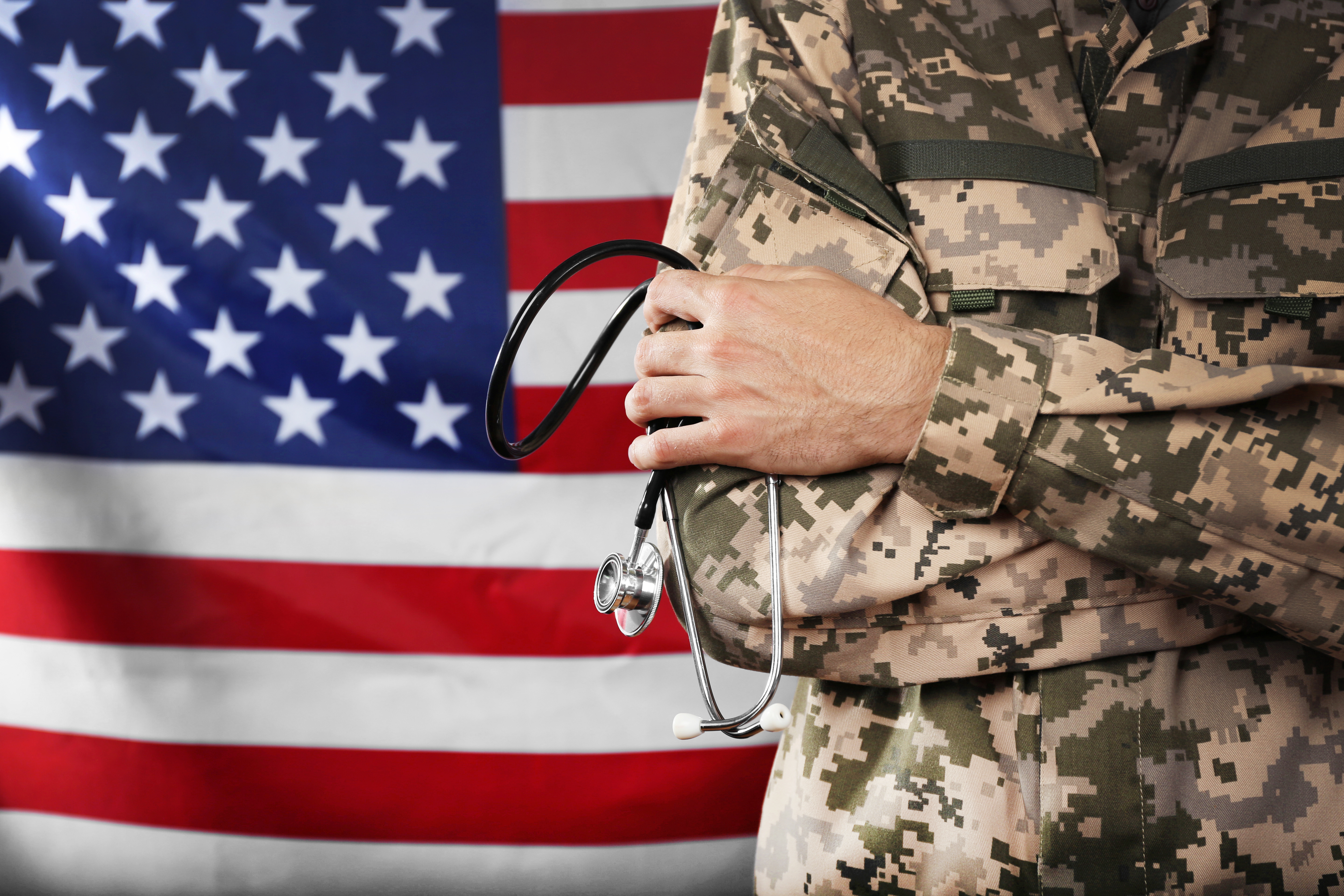


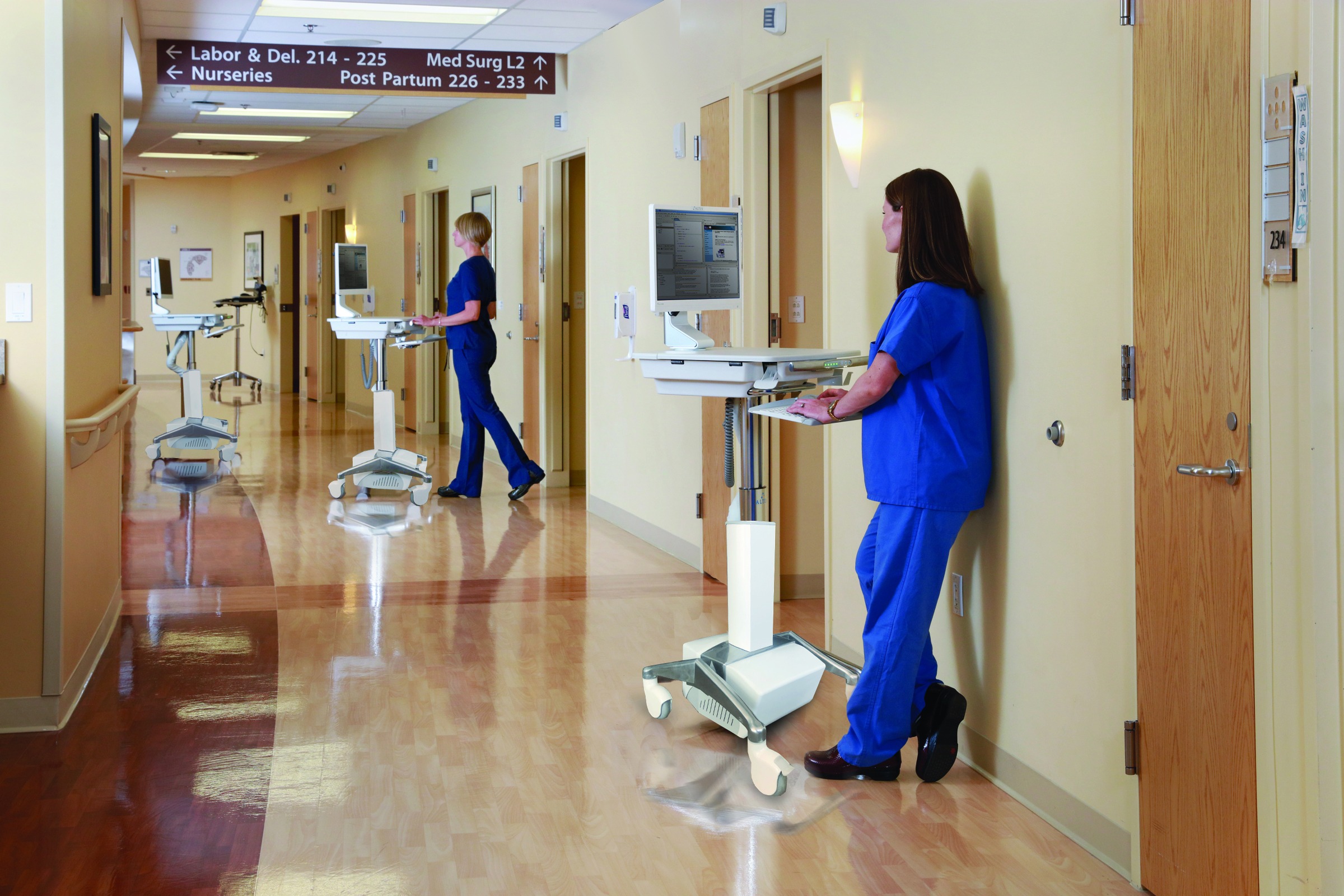
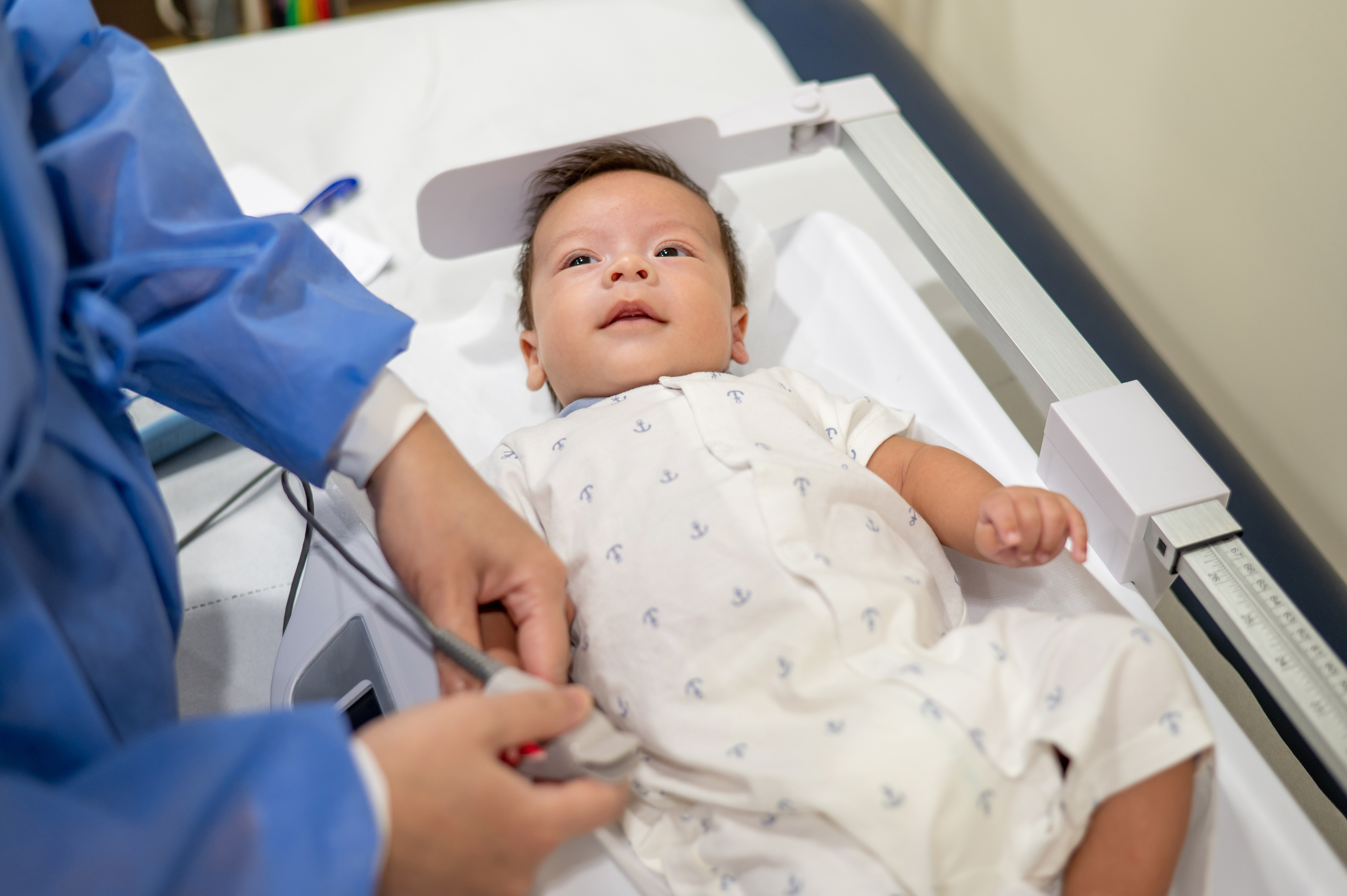
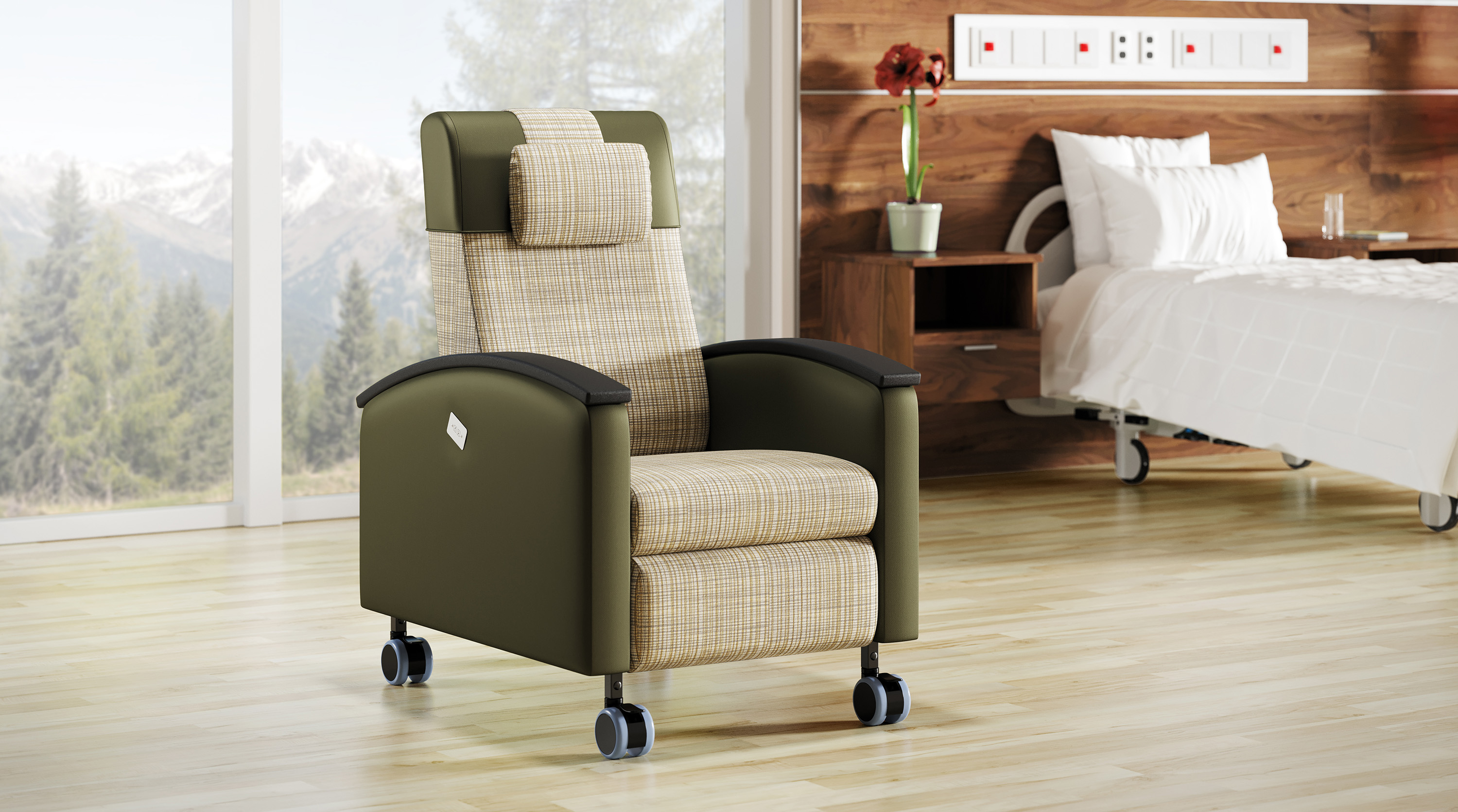
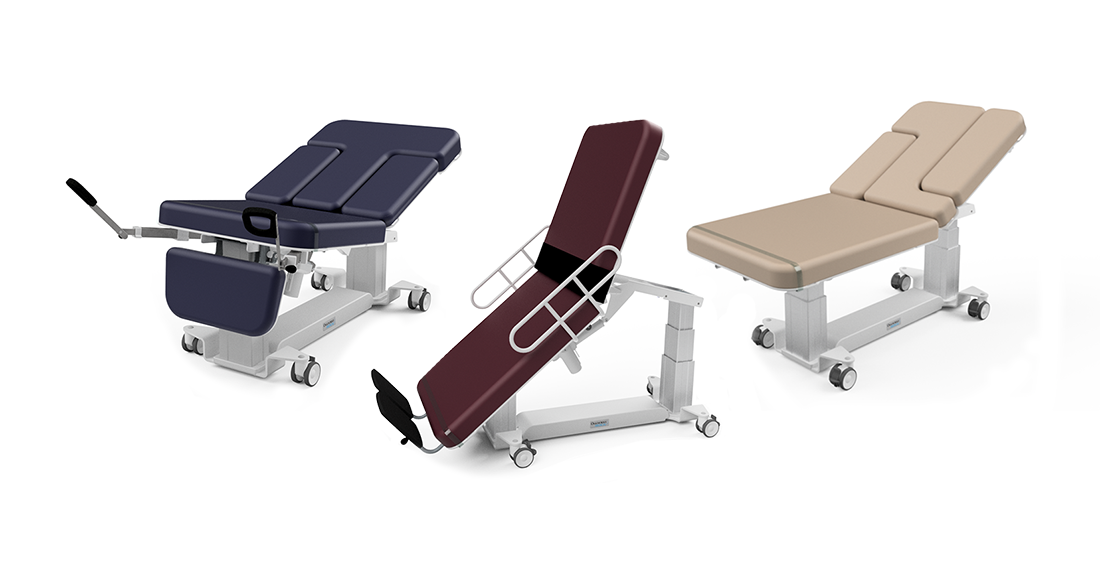
.png)








